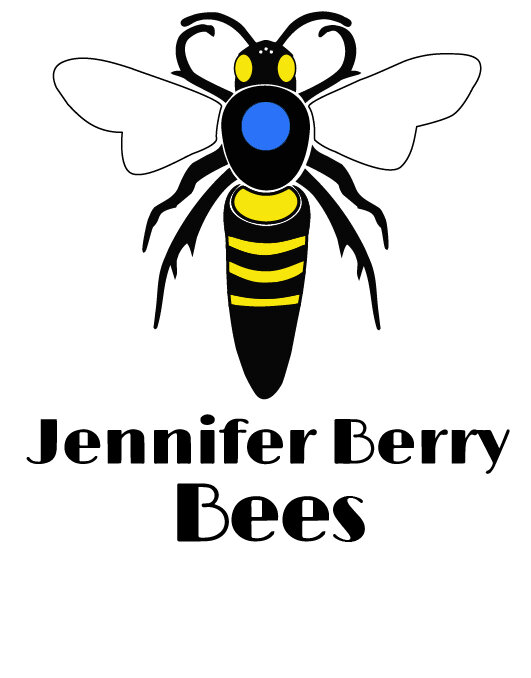Unique Methods for a Unique Climate: Winter Nectar Flow
/California is a place like no other, and as a result, beekeeping here is different than anywhere else in the world. For many regions our biggest crop of honey can be found in the plants that bloom from November to March. Most hives in January begin with one brood box and a top box with stored honey. Several major sources of pollen become available during the last week or two of January, including acacia, eucalyptus and willows. Pollen stimulates brood rearing, and once it’s on the hive will expand brood rearing to accommodate that newly available protein source. Hives will double in population and then double again as more blooming plants come online, including mustard, plum and other fruit trees and early blooming ornamentals. It's important to stay on top of this growth and add room as needed.
You’ll hear this term “adding room” as an important step in preventing hives from early swarming. Swarm behavior is complex and nuanced, but you can help reduce this tendency by “adding room” so that the queen has plenty of space to lay and the bees have open comb to fill with resources without needing to plug out the brood areas.
Brood comb is being backfilled with nectar in this frame from Jan 17, 2021
Here’s some important information to remember. You will not accomplish “adding room” to a hive by adding a super of undrawn frames. “Room” only applies to drawn comb. Something else to keep in mind is that queens rarely cross undrawn frames or comb with capped honey because they’re only interested in egg laying. This means that adding a box of undrawn frames between the brood box and the honey super doesn’t accomplish anything but cutting the queen’s laying space in half, possibly crowding the hive even more. It also means that adding a box of drawn empty combs above a box of capped honey may not alleviate crowding if your queen never makes it past the capped honey combs into those empty combs where she can lay.
So what do you do if, like so many folks, you don’t have enough empty drawn comb this time of year? You have a few options. Extra honey does nothing for a hive, so harvest any amount above 30 pounds and add those empty combs back into the brood chamber. The absolute best solution for alleviating crowding is to drop a box of drawn combs between the brood box and the first honey super above it. The queen will move up and begin laying right away. If you don’t have enough comb for a full super, add what you have to the center and place your undrawn combs to the edges. The queen will move up and the bees will draw the outer combs around the brood as they expand.
Healthy Brood comb with Resources, October 2020
Drawn comb is a bottleneck for most new beekeepers starting out, and adding to your inventory of comb should be one of your main beekeeping goals no matter how many hives you have. But what do you do when your hive has just seen its first winter and you have no extra comb at all? One way to ensure that bees can expand without chilling them is to add your undrawn combs below the brood chamber. The term beekeepers use when you add a box to the bottom this way is called “Nadir” which in this case simply means “Below” a particular point- in the way that “Super” means being above.
It's not foolproof to nadir, especially if you are still using screened bottom boards. (I got rid of my screened bottom boards years ago). But nadir is worth trying due to the low risk it poses, and in the chance bees will often continue to draw in those bottom boxes with comb, giving the brood area more room.
Just remember, undrawn frames, even with foundation, don’t count as room.
One new option for adding to your comb inventory made its introduction in 2020. Bettercomb by Betterbee is an artificial comb made of paraffin that may be the perfect solution to alleviate your comb bottleneck, but you have to promise me you don’t mix the paraffin with real beeswax, which would be a disaster on many levels.
Image capture Bettercomb from BetterBee website




